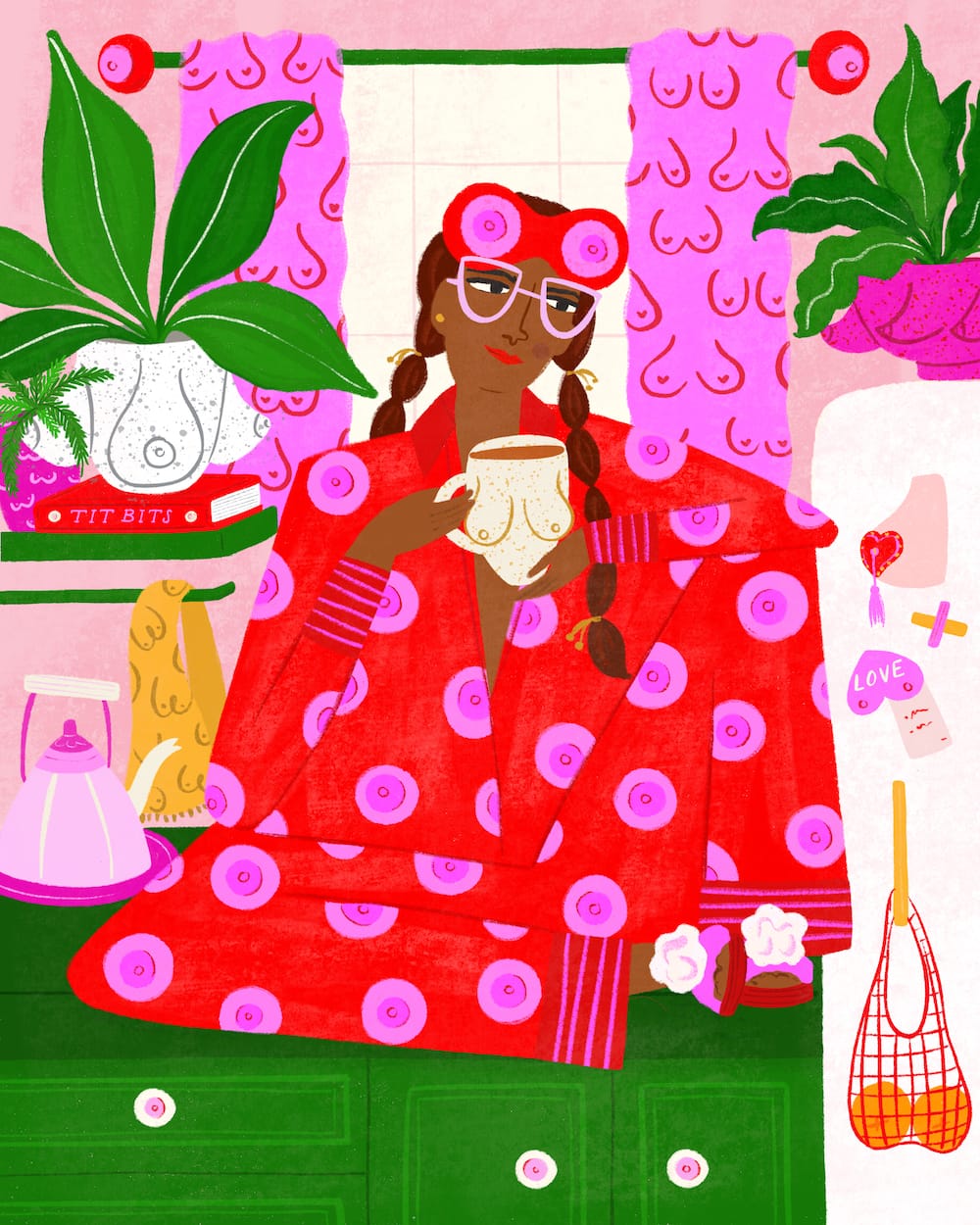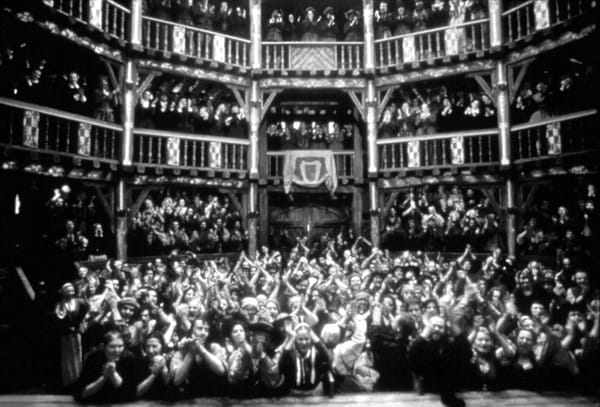What Is It About Boobs?
Some people like flowers on their homewares. Some like cute animals. I like boobs.

Has this happened to you? One day, it happened to me.
I looked up and realized: I had boob mugs, boob cups, boob pins, a boob puzzle and a boob throw. I had boob-print beach towels, aprons, dish towels, sweaters, plant pots, stickers and a busty hat. Most of these items were gifted to me, but I’d also just started doing ceramics and found myself making boob vases, as well.
Once, when some of my ceramics were displayed at a local art show, a dude who saw my work shouted, “Hey, where’s the scrotum vases?” I do like a good scrot, but it just hadn’t occurred to me to make one out of clay. Making boob things, on the other hand, feels like second nature.
Humans have been depicting boobs almost as long as homo sapiens have been capable of making art. One of the oldest examples of figurative art is the 35,000-year-old Venus of Hohle Fels which boasts breasts many times the size of her own head.
In the thousands of years since, breasts have played a lot of roles. They are both erotic and pure, feminine and strong, an object of desire and a source of the world’s best infant food.
At times, they could also make a political statement, such as in Eugène Delacroix’s “Liberty Leading The People,” in which a bare-chested woman proudly holds the French flag aloft.
It wasn’t until the early 20th Century that women artists began to more regularly portray their own bodies in art and in so doing, tended to make boobs look a lot less “sexy” and more real—dimpled flesh; gravitational pull!
And now? In 2024, here we are sipping coffee out of boob-shaped cups and wiping our hands on breast-imprinted tea towels.
The question is, why?





